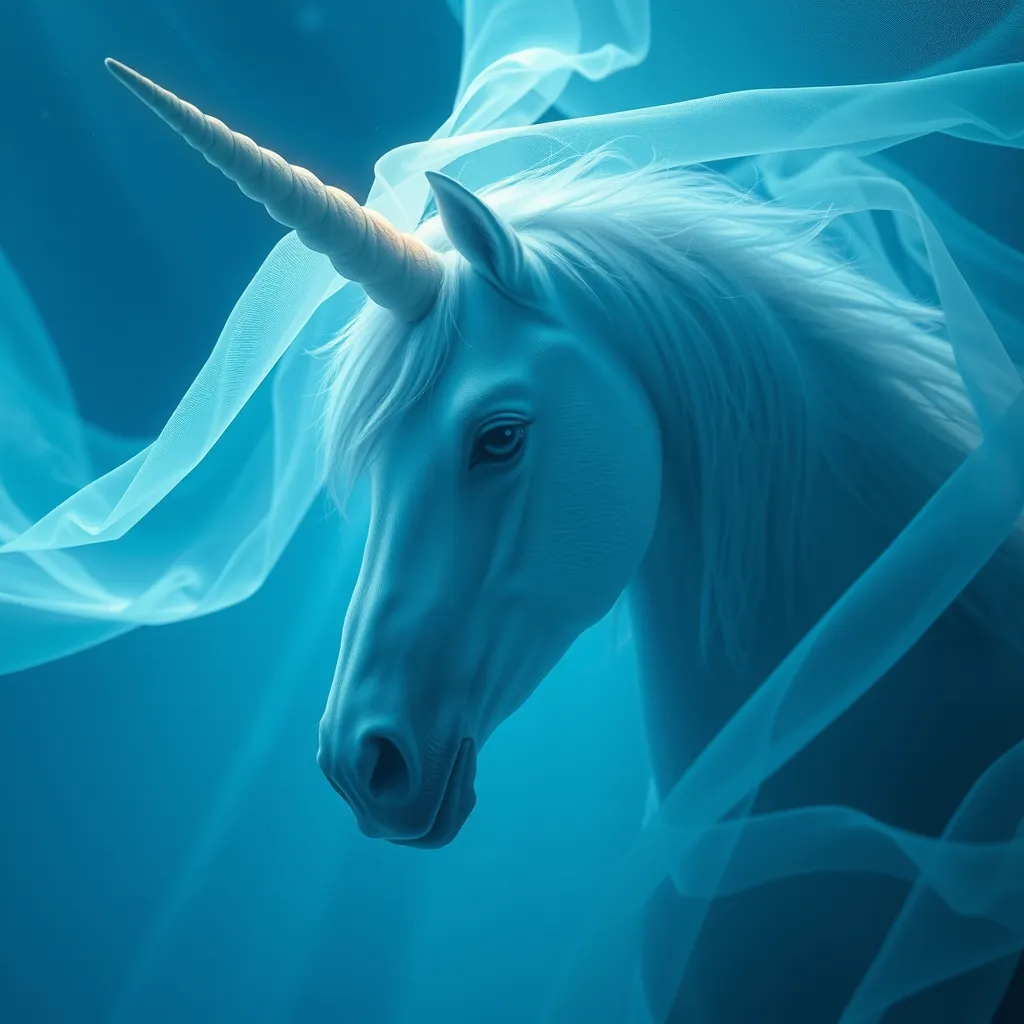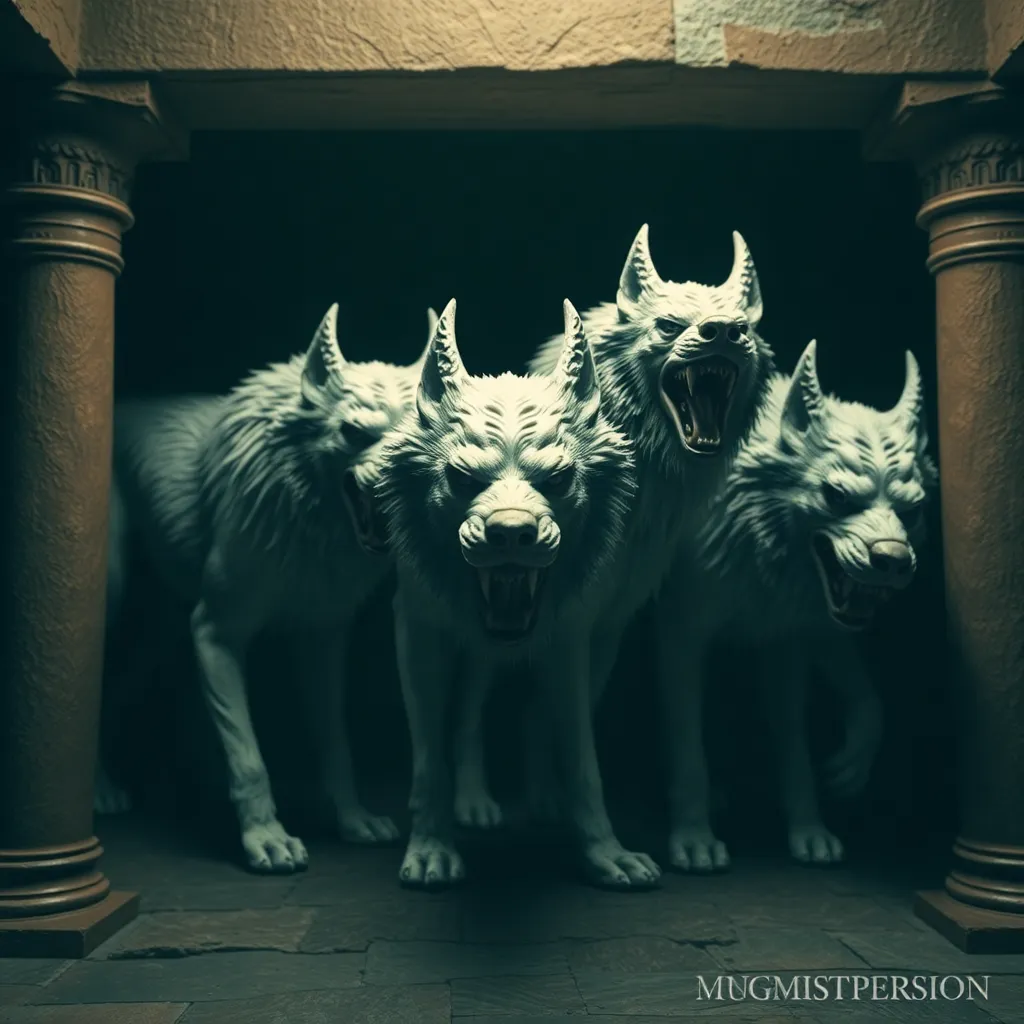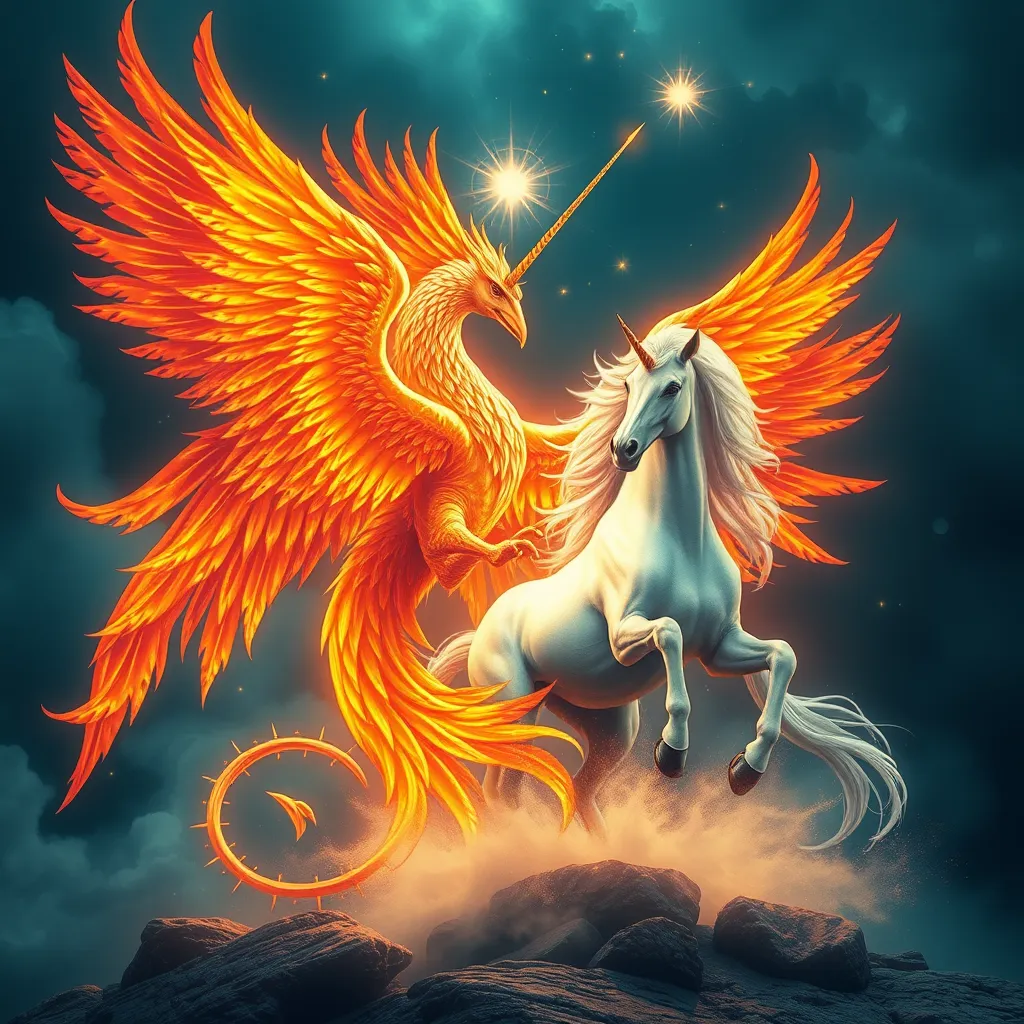The Unicorn’s Veil: Lifting the Mystery of the Mythical Creature
I. Introduction: The Allure of the Unicorn
The unicorn, a magnificent creature often depicted as a horse with a spiraled horn protruding from its forehead, has captivated human imagination for centuries. It appears in various forms across cultures, from ancient manuscripts to modern fantasy films. The allure of the unicorn stems not only from its beauty but also from the rich tapestry of mythology and symbolism that surrounds it.
Exploring the mythology and symbolism of unicorns reveals deep cultural meanings and reflects humanity’s desire for purity, hope, and the extraordinary. In this article, we will delve into the historical origins of the unicorn, its cultural significance, and its representation in art and literature.
II. Historical Origins of the Unicorn Legend
A. Ancient texts and earliest mentions
The origins of the unicorn legend can be traced back to ancient civilizations. The earliest mentions of unicorn-like creatures appear in texts from the Indus Valley Civilization and Mesopotamia. In the Indus Valley, seals depicting one-horned animals suggest a significant understanding of such creatures.
B. The unicorn in classical literature
Classical literature also provides early references to unicorns. Notably, the Greek philosopher Aristotle described a creature resembling a unicorn in his works, while Pliny the Elder detailed a beast called the “unicornis” in his encyclopedic writings. These accounts contributed to the unicorn’s evolving image as a real, albeit mythical, creature.
III. Symbolism and Meaning Across Cultures
A. The unicorn in Western mythology
In Western mythology, the unicorn symbolizes purity, grace, and healing. It is often depicted as a gentle and elusive being, representing the unattainable ideals of goodness and beauty. The unicorn’s horn is believed to possess magical properties, capable of neutralizing poison and healing ailments.
B. Eastern interpretations and representations
In contrast, Eastern cultures have their own interpretations of unicorn-like creatures. The Qilin, for instance, is a significant figure in Chinese mythology, often described as a hooved chimerical creature with features resembling a unicorn. The Qilin represents prosperity, serenity, and is considered a good omen, heralding the arrival of a sage or an illustrious ruler.
IV. The Unicorn’s Representation in Art and Literature
A. Depictions in medieval art and tapestries
During the medieval period, the unicorn became a popular subject in art, particularly in tapestries and illuminated manuscripts. These artworks often depicted the unicorn in allegorical scenes, symbolizing the Virgin Mary and representing purity and divine grace. The famous “The Hunt of the Unicorn” tapestries illustrate the unicorn’s capture and its significance within Christian symbolism.
B. The unicorn in modern literature and media
In modern times, the unicorn has found its place in fantasy literature and media. From C.S. Lewis’s “The Last Battle” to the popular animated film “The Last Unicorn,” these narratives continue to explore the themes of magic, hope, and the struggle between good and evil. The unicorn’s enduring presence in contemporary storytelling keeps its myth alive in the hearts of many.
V. Scientific Pursuits: The Search for the Unicorn
A. Historical quests for the ‘real’ unicorn
Throughout history, there have been quests to find the ‘real’ unicorn. Early explorers and scientists, intrigued by tales of the unicorn, sought evidence of its existence. One notable example is the narwhal, whose long, spiraled tusk was often mistaken for a unicorn’s horn, leading to the belief that unicorns were real creatures.
B. Cryptozoology and the ongoing fascination with mythical creatures
Cryptozoology, the study of and search for animals whose existence is not substantiated by mainstream science, has kept the fascination with unicorns alive. Enthusiasts and researchers continue to explore the possibility of mythical creatures existing in unexplored areas of the world, including the unicorn.
VI. The Unicorn in Contemporary Society
A. The unicorn as a symbol of hope and positivity in modern branding
In today’s society, unicorns often symbolize hope, positivity, and uniqueness. They are widely used in branding, marketing, and social media, appearing in everything from merchandise to corporate logos. The image of the unicorn evokes feelings of joy and wonder, making it a popular choice for companies targeting younger audiences.
B. The phenomenon of ‘unicorns’ in the tech industry
Additionally, the term ‘unicorn’ has taken on a new meaning in the tech industry. It refers to privately held startups valued at over $1 billion, representing rare success stories in the business world. These “unicorns” embody the spirit of innovation and aspiration, much like the mythical creature itself.
VII. Debunking Myths: The Reality Behind the Legend
A. Common misconceptions about unicorns
Despite their popularity, several misconceptions about unicorns persist. Many people believe that unicorns are exclusively female, but historical texts mention both male and female unicorns. Furthermore, the unicorn is often thought of as a gentle creature, yet ancient texts often depict it as fierce and elusive.
B. The role of folklore and storytelling in shaping the unicorn myth
Folklore and storytelling have played crucial roles in shaping the unicorn myth. The blending of various cultural meanings and narratives has resulted in the diverse representations of unicorns we see today. As stories evolve, so too does the perception of the unicorn, making it a fluid symbol in human culture.
VIII. Conclusion: The Enduring Legacy of the Unicorn
A. Reflection on the unicorn’s significance in human imagination
The unicorn’s significance in human imagination cannot be understated. It embodies ideals of beauty, purity, and the extraordinary, serving as a reminder of our aspirations. The legend of the unicorn encourages us to pursue our dreams, even when they seem unattainable.
B. The future of unicorn mythology in a rapidly changing world
As society evolves, the mythology of the unicorn will likely continue to adapt, reflecting the changing values and aspirations of humanity. Whether as a symbol of hope, a representation of uniqueness, or a metaphor for innovation, the unicorn will remain a powerful figure in our collective imagination.



